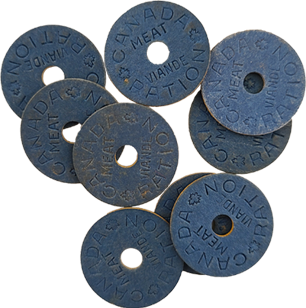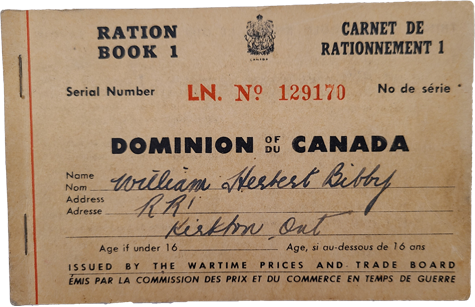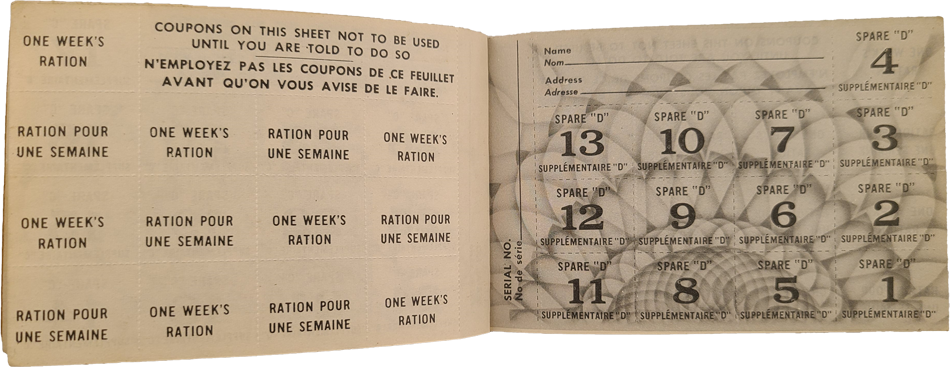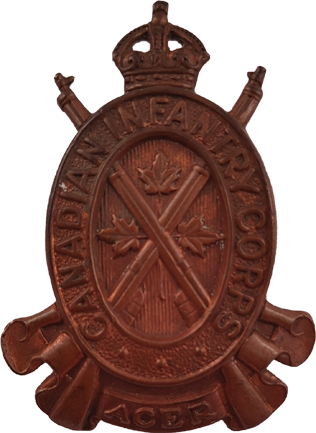The Home Front
Arkona Seventh Victory Loan Plaque
Victory loans, bonds, and certificates helped finance Canada’s war effort. The government used up most of its war resources by 1944, so it organized a seventh victory loan campaign. The campaign used posters, symbols, and celebrity endorsements to encourage civilians to purchase bonds. This plaque was awarded to the residents of Arkona, Ontario, for their fundraising efforts during the war. It includes a flaming sword over a number 7 on a shield, which was also on the official flag for the campaign.
Roll out the Rubber Poster
The outbreak of war cut Allied forced of from most sources of rubber, which were located in Britian’s colonies in South-East Asia. Rubber was essential for everything from jeep wheels to fuel tank seals. Collecting scrap rubber was a major focus of recycling efforts.
Roll out the Rubber poster on loan from Ken Kingdon.
Aerial view of Sarnia’s Polymer Plant
Sarnia’s Chemical Valley came to prominence when the Polymer Corporation built a factory on the banks of the St. Clair river in 1942 to produce synthetic rubber. 5000 tonnes of rubber were produced every month for the war effort.
Ration Booklets & Meat Tokens
Rationing on the home front became increasingly important as Canada shipped food and supplies overseas to Britain and other Allied countries. These blue meat ration tokens were used in Thedford near the end of the war.
Meat ration tokens on loan from Roger & Diane Sutherland and then donated to Lambton Heritage Museum.
Canadian Infantry Corp Cap Badge
The Canadian Infantry Corps was formed in 1942 to oversee the needs of all Canadian infantry regiments. It was also a holding organization for trained recruits that had yet to be assigned a unit. The infantry motto, Acer, meant “keen” or “sharp”. Infantry commanders hoped the motto would be as famous as Ubique (“everywhere”) had become for the Royal Artillery and Engineers.









 Subscribe to this page
Subscribe to this page